I made the trek to Las Vegas on January 21st for the 2019 SHOT Show, just as I have done every January for the past 10-plus years. During my drive from Southern California to Las Vegas, I did not know what to expect from this year’s SHOT Show. Various external factors in the political and social climate has ultimately affected the firearms industry, regardless of what the far left and far right would lead you to believe.
In the brisk three hour drive across the desert, I thought to myself as to how would the industry respond as far as the new product offerings as well as campaigns to shape the future of the shooting industry?
I will say up front that what I ended up seeing in three days of attending the 2019 SHOT Show is an industry of pivoting and minor improvements. Manufacturers were expanding their product offerings into other areas they were not before. While there were lots of new products, but nothing completely new to the industry. It appears that more manufacturers were getting out of their core niche that they remained in for many years in order to reinvigorate growth.
A notable example of product pivoting is Daniel Defense with the Delta 5.
The Delta 5 is a precision bolt action rifle built on their own receiver that is not a Remington 700 clone. This in itself is quite a leap for a company whose core focus has been the AR-15 platform for over 15 years, especially on a proprietary in-house action. A quick analysis at SHOT Show revealed a 3-lug bolt design with a barrel nut system.
But the barrel system is unique in that the barrels have barrel extensions, similar to an AR-15 barrel. This means that the barrels are already headspaced by the factory (Daniel Defense), and the user simply puts on the barrel and tightens it in with a barrel nut with no headspace gauges. The Daniel Defense Delta 5 barrels are cold hammer forged stainless steel.
The Delta 5 uses an in-house carbon-fiber-reinforced polymer stock that has a mini-chassis, somewhat like a Manners mini-chassis system, that accepts AICS style magazines. Along with this is a Timney Triggers Elite Hunter with a range of 2.4 ounces to 4 lbs.
Initially slated for release in 6.5mm Creedmoor and .308 Winchester, I actually think the Daniel Defense Delta 5 is an interesting bolt rifle. It has a lot of design features, specifically the barrel design, that make it appealing. With a $2,199 MSRP it is more expensive than your typical mass produced bolt action rifle (e.g. Remington 700 series, Savage 10FP series, Ruger Precision Rifle), but it is unique in many ways.
To me, the key issues for the success of the DD Delta 5 are:
- Availability and price of barrels. If there are not a lot of barrel options from Daniel Defense (e.g. varying lengths, varying cartridges, fluted, different contours), this could hurt the system and make it less appealing.
- Acceptance of the stock. My observations of the stock are that it is about as middle ground as a tactical stock can get. The palm swell is not too big, but not too small. The butt hook exists, but is not too aggressive. But will this middle ground in ergonomics be suitable for those on the polar opposites of the spectrum?
The Delta 5 from Daniel Defense is actually quite interesting and I look forward to seeing one of these at the range.
A milder form of manufacturer pivoting is seen in Ruger’s latest 10/22 variant: The 10/22 Competition Rifle.
The Ruger 10/22 is the most well-known 22LR rifle of all time and is also the most customizable, with a huge aftermarket parts and accessories market for budget improvements all the way to high dollar match barrel and trigger replacements. Many people who buy a 10/22 upgrade it right out of the box before firing it.
Rather than lose out of the money of those upgraders, the 10/22 Competition Rifle tries to address the needs of the 10/22 tinkerer before they have to actually install new parts. The 10/22 Competition Rifle is one of the first firearms to come out of the Ruger Custom Shop which is Ruger’s latest division to bring more enhanced factory rifles to consumers.
The 10/22 Competition Rifle is built on a hard anodized 6061-T6511 aluminum receiver with an integral 30MOA Picatinny rail. The receiver appears to be a bit more refined than the base Ruger 10/22, but the fact that is has an intergral Picatinny rail shows this a far cry from the base 10/22 receiver.
After that, the Competition Rifle adds several more features that have to be added to most Ruger 10/22 factory rifles, or only come on custom actions such as:
- 16-1/8″ cold hammer forged bull barrel
- Extended magazine release
- Nitrided match-quality bolt
- Textured laminate stock with adjustable cheek rest
- Ruger BX trigger
- Cleaning rod hole in rear of receiver
The MSRP for the Ruger 10/22 Competition Rifle is $899 and fits a good price point compared to the other non-Ruger 10/22 ‘custom’ rifles being sold. You do get some interesting features in that $900 price point such as the improved receiver, higher quality bolt, the bull barrel, beefier stock, and the Ruger Custom Shop lineage. Note that the Ruger Custom Shop firearms include exclusive Custom Shop branded accessories: hard case, Ruger Custom Shop Certificate of Authenticity, challenge coin, cleaning cloth, and decal.
While the big reason for the popularity of the 10/22 is the ability to customize it to your liking, I think the 10/22 Competition Rifle from the Ruger Custom Shop division will actually be a sought after variant. Even at the $900 MSRP, the buyer gets a lot of features that covers all the bases where a person would typically upgrade on a 10/22 base model.
Sierra Bullets is another company that is pivoting their operations in a significant way by coming out with their own line of ammunition.
Sierra Bullets has been one of the mainstays of quality bullet manufacturing for all aspects of shooting for the past several decades. Many ammunition manufacturers use Sierra Bullets on their offerings including hunting and precision ammo. Given that other bullet manufacturers have started producing their own in-house ammunition (e.g. Berger Bullets), this seems like a logical move for Sierra Bullets.
Sierra Ammunition will be available in five different cartridges topped off with their Tipped Game King (TGK) bullets making their initial run oriented towards hunters.
- .243 Winchester, 90gr TGK
- 6mm Creedmoor, 100gr TGK
- 6.5mm Creedmoor, 130gr TGK
- .270 Winchester, 140gr TGK
- .308 Winchester, 165gr TGK
From what I recall, Sierra Ammunition will be using outsourced brass from various sources to fit the loads they want to achieve for the individual cartridges.
I do find it interesting that Sierra Ammunition included 6mm Creedmoor as one of their first offerings. I figure .30-06 would be a better option than 6mm Creedmoor if they were going to start off with five cartridges. 6mm Creedmoor is still a niche round in my opinion (and I say this as a 6mm Creedmoor shooter). I feel that Sierra Ammunition will become much more interesting once they produce ammunition using their (Tipped) Match King line of bullets, including offerings in .223/5.56.
I did take a few shots of an interesting overlanding rig that Sierra Bullets had in their secondary booth in the lobby of the Sands Expo.
I did want to mention that Sierra Bullets is attempting to rollout a smartphone application for their reloading manual based on a subscription service. I lost my notes on this, but if I recall correctly, it will be an annual subscription of either $5 or $10 which allows a person to have access to the full Sierra Bullets reloading manual. This includes the most up-to-date data.
This option will be much better than the traditional hard copy manuals sold by Sierra Bullets and other manufacturers, which are updated only on an annual basis (or even on longer intervals) and can cost $25 and up. Having an electronic subscription will save time on waiting for updated manuals that include new bullets, new cartridges, and new powders, as well as saving the cost on buying a completely new manual.
From what I gather, they are still in the process of getting approval for the Apple App Store, and Sierra Bullets will have the app available on both Android and iOS.
To close out Part 1 of my multi-part 2019 SHOT Show After Action Report series of articles, I will mention that I picked up the latest book in the Vickers Guide of firearms history books at the 2019 SHOT Show.
The Vickers Guide AK Kalashnikov Volume 1 was released a few months ago. But I always wait until the following SHOT Show when a new book is released because Larry Vickers is always in attendance and signs the books when you buy one there.
The Vickers Guide of firearms history books are very popular due to the excellent photos and the wealth of information on the firearms each book covers. You can buy these books at the Vickers Guide website at https://www.vickersguide.com/.
To read Part 2 or any other parts of my 2019 SHOT Show After Action Report, refer to the 2019 SHOT Show After Action Report index page (Part 0).

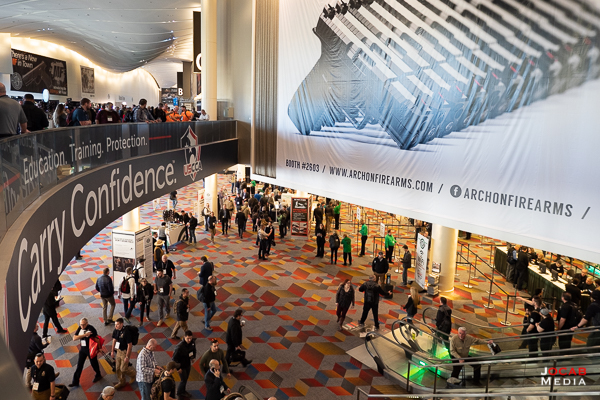
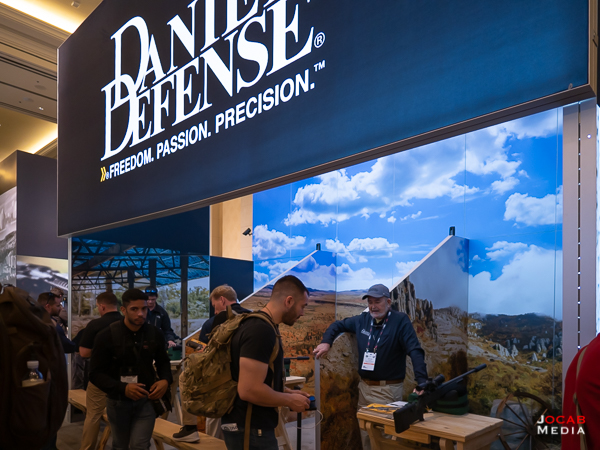
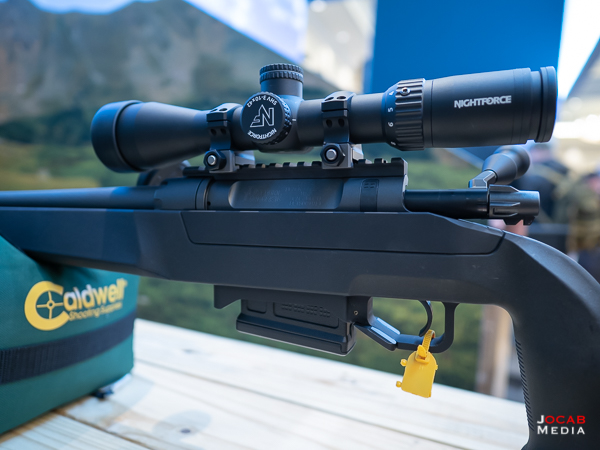
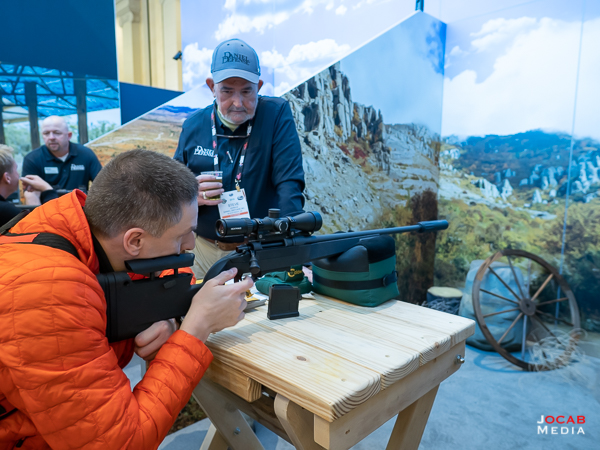
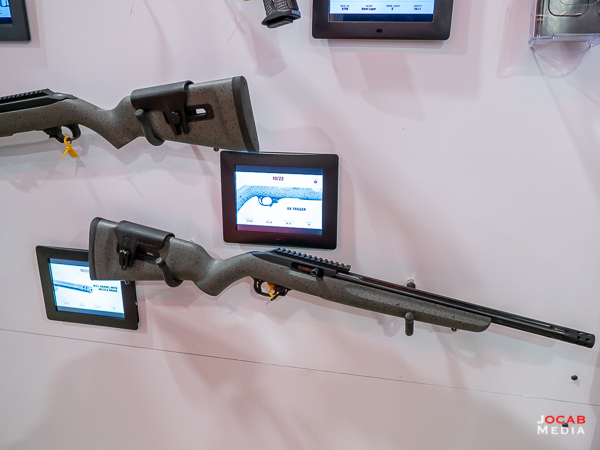
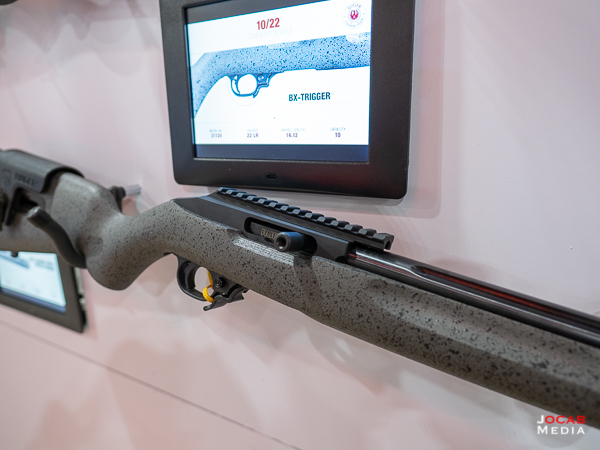
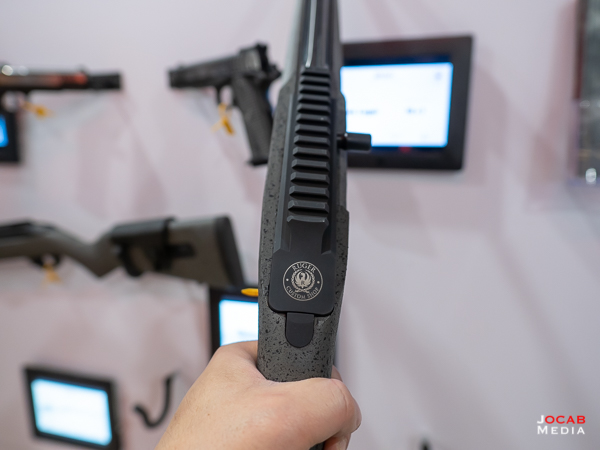
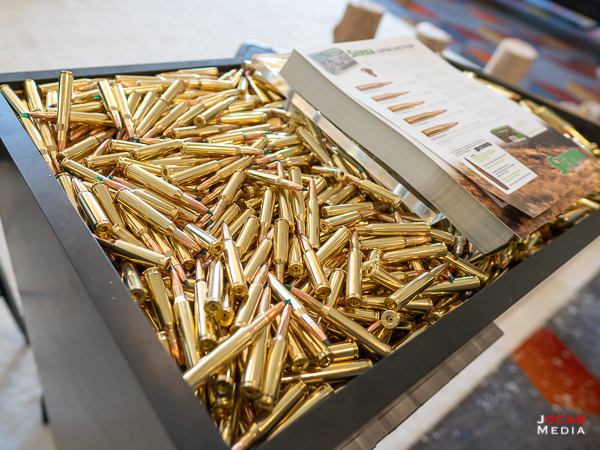
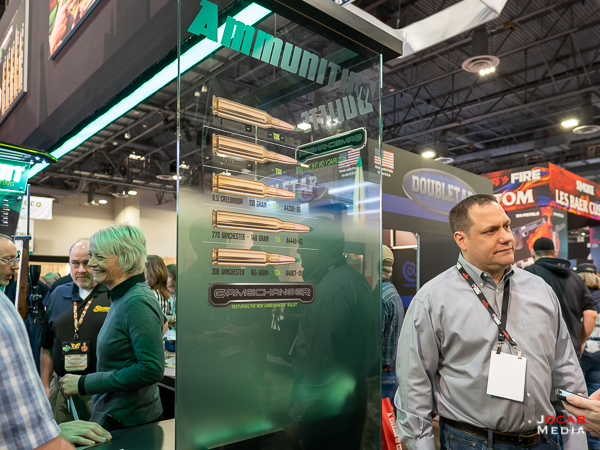
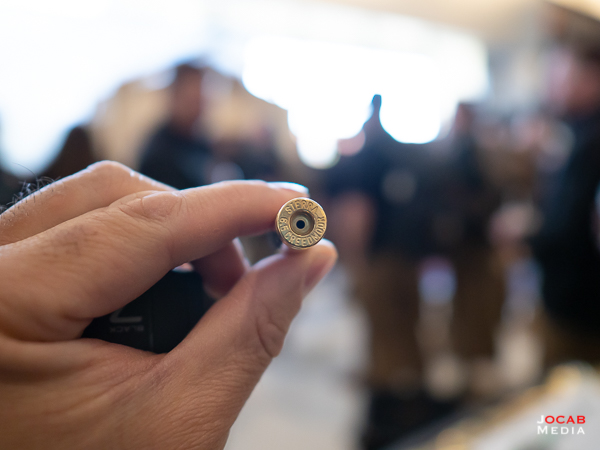
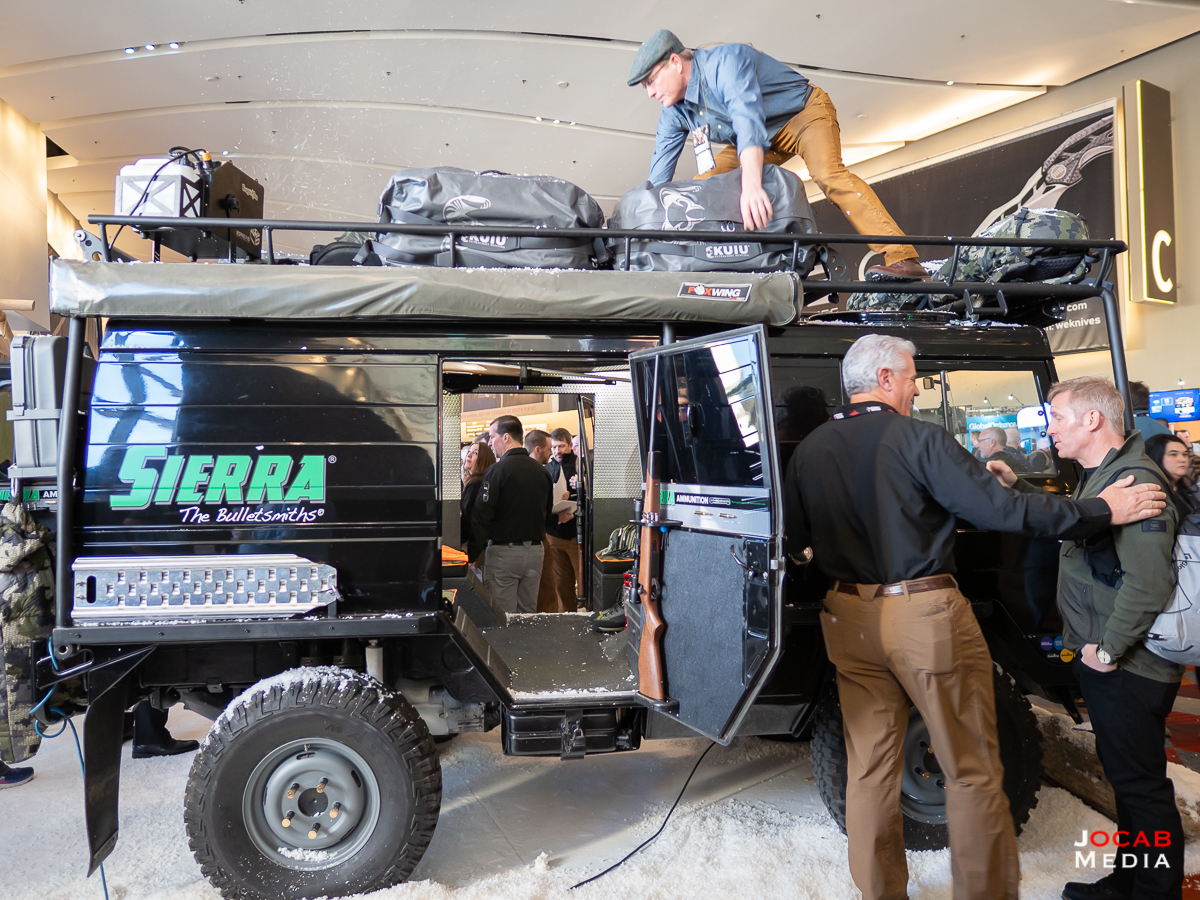
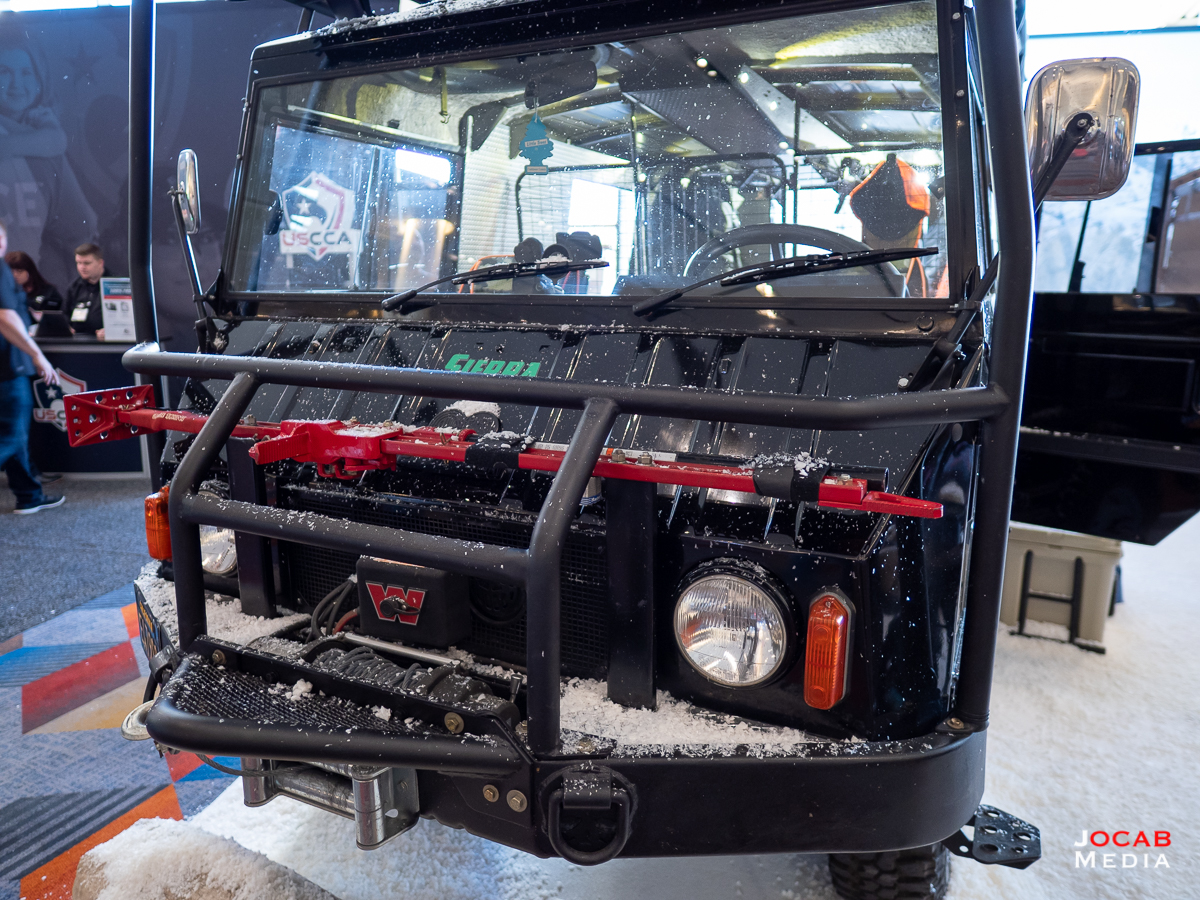
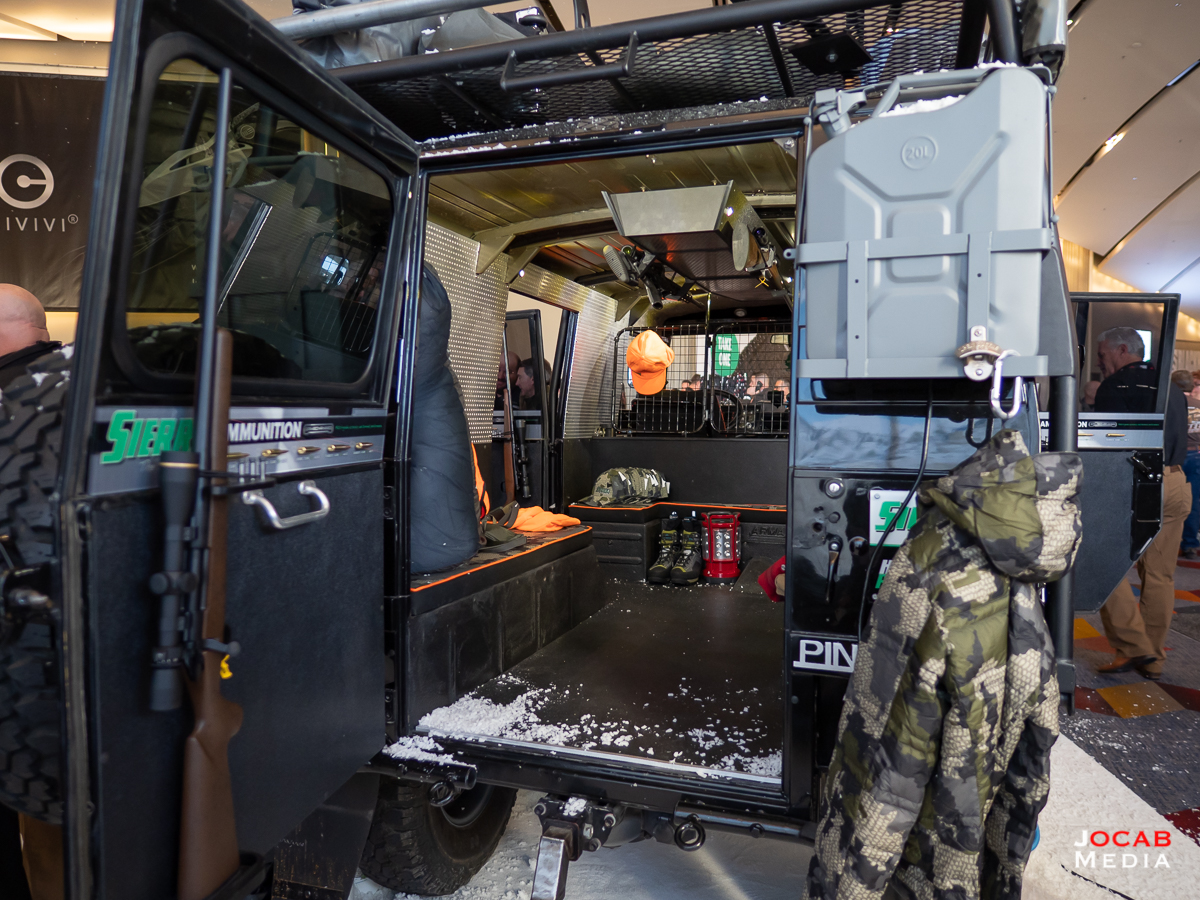
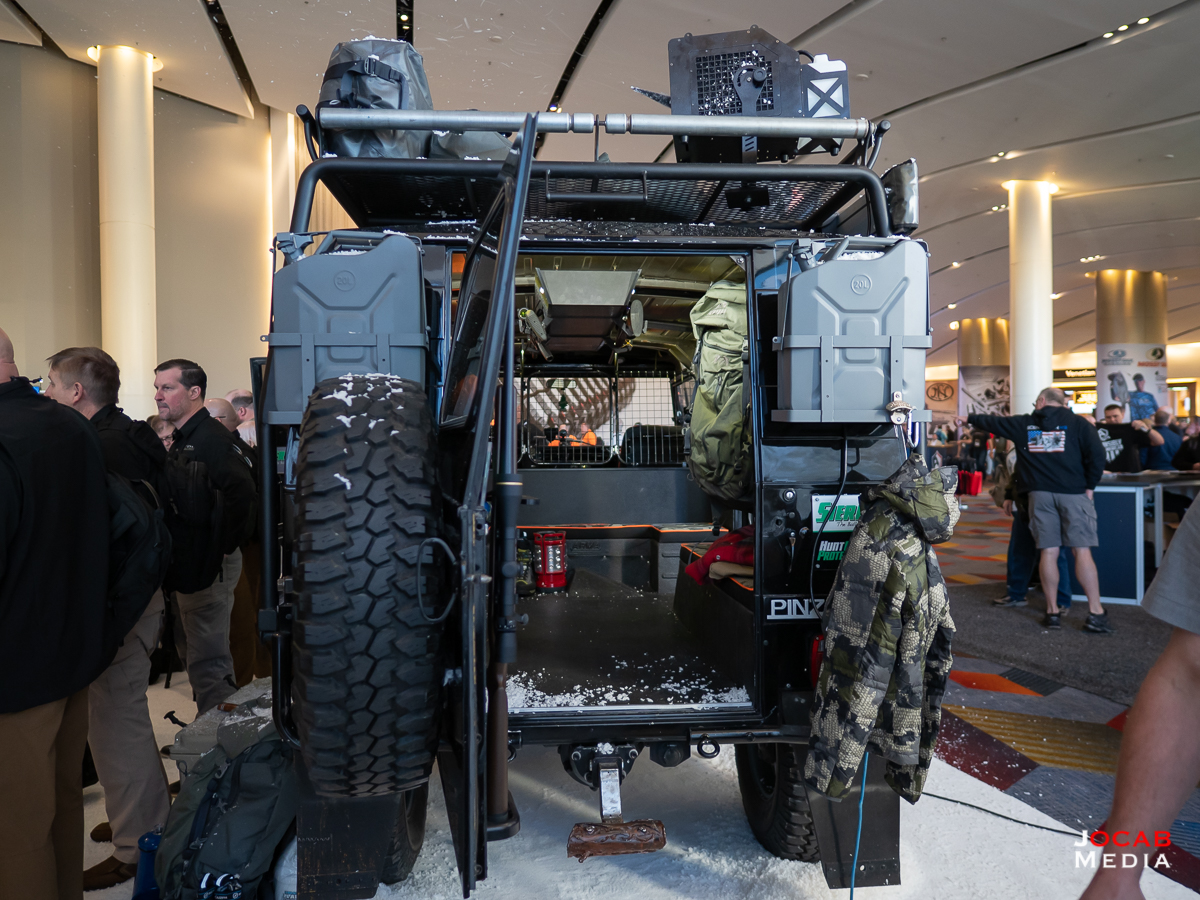
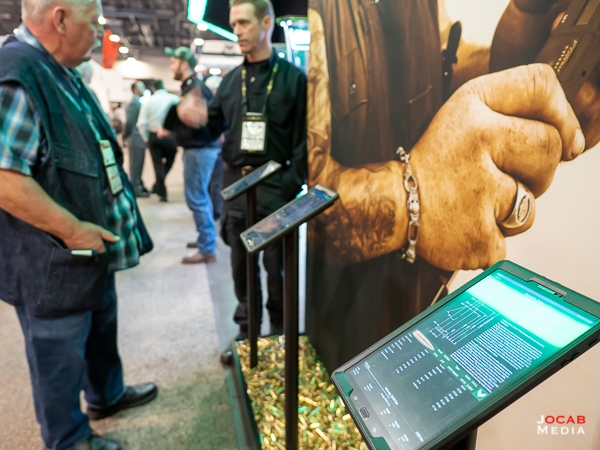
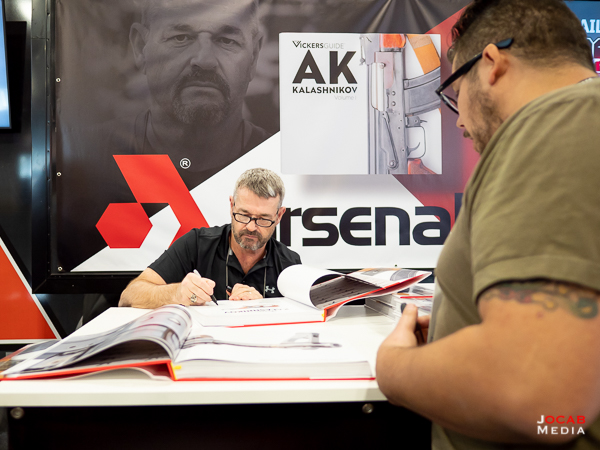
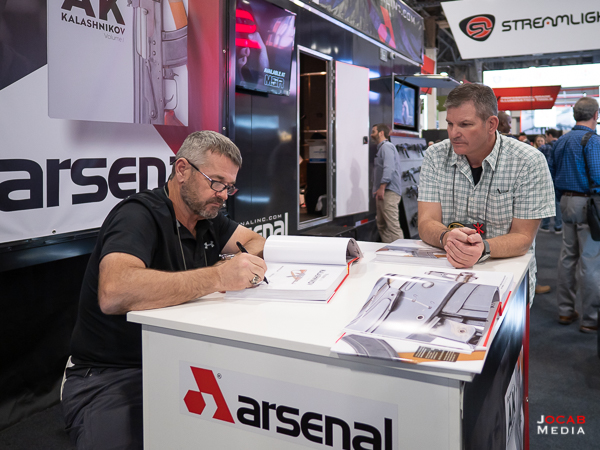
2019 SHOT Show After Action Report – Part 0 – ocabj.net
[…] 2019 SHOT Show After Action Report – Part 1 : Published 2019-01-27 @ 1200 PST […]